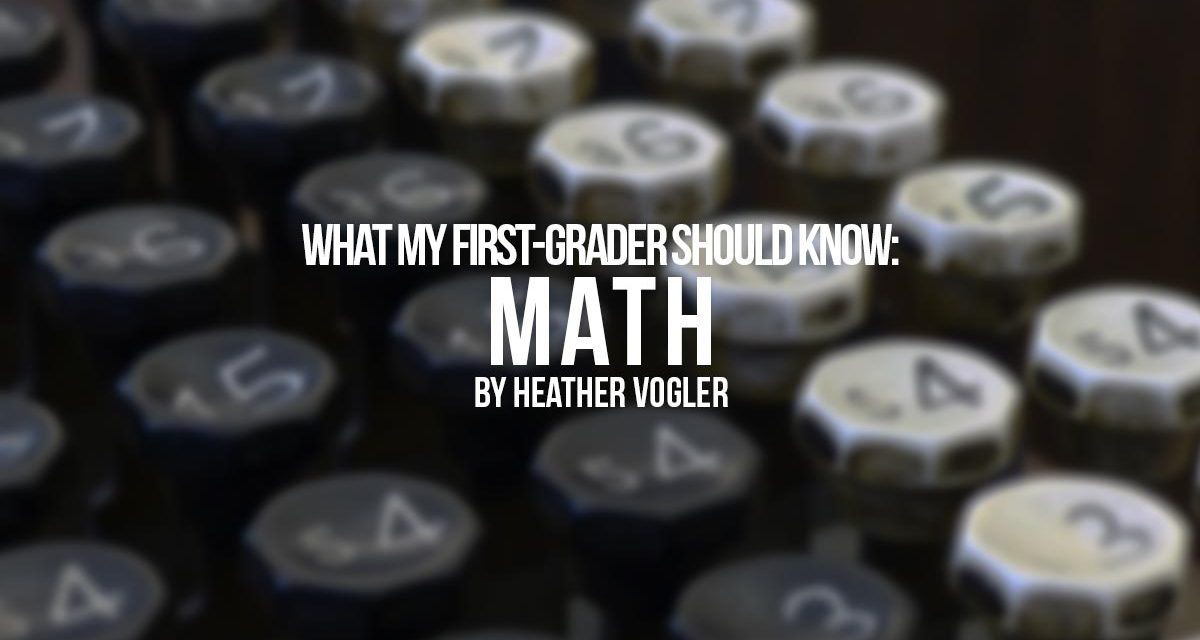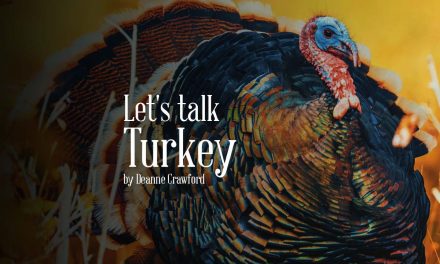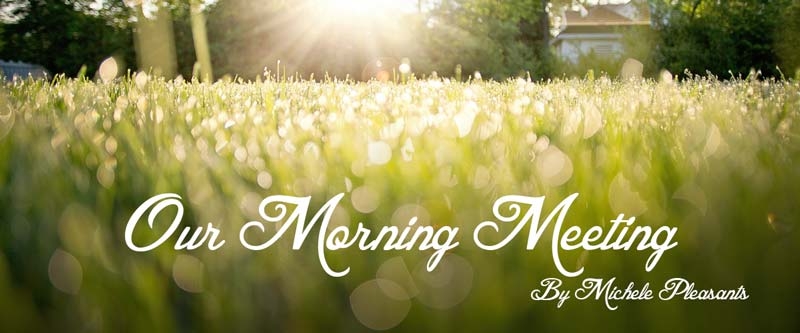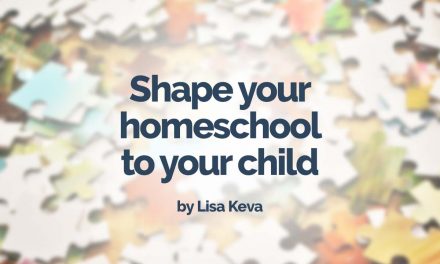Does your first grader naturally gravitate towards mathematically rich activities? Does he thrive on figuring out math problems? If so, then now is the time to expand his horizons. Strike while the iron is hot. Many children at this age are curious when it comes to math skills, so just go with it!
What if your child runs and hides at the very mention of math. What if he is the one who tenses up and refuses to answer what seems to you to be the most simple of math problems? Well, it is possible that he is simply not ready. As homeschooling parents it’s easy to to push our kids to their breaking point. Not intentionally, but in the hopes that they will succeed. As far as math goes, this doesn’t have to happen. We can gently guide them in the direction they need to go providing them with the tools needed to go far beyond our expectations.
How should we be teaching our first grader math?
The answer is not a specific curriculum that you need to use. The key is:
Repetition, Repetition, Repetition.
You can get away with teaching certain subjects only a couple of times a week, but not math. Math is one of those subjects that needs to be repeated on a continuous basis. You often hear about teachers becoming frustrated in the beginning of a new school year because their students lost much of what they learned in math over the summer. If you look at the textbooks, you will see that the first month is usually review. If we want our first grader to do well, then we will set up a system, or find a method that helps them memorize and learn by heart basic math facts and principles.
By the end of first grade, your child should be able to successfully know the following:
- Able to count, read and write 1-100
- Count by 2’s
- Count by 5’s
- Count by 10’s
- Understands sets. Able to know how many are in a set
- Understands the ones and tens place values
- Understands ordinal numbers (first, second, third, etc).
- Knows basic geometric shapes (circle, square, triangle, etc.)
- Knows spatial relations (inside, outside, below, above, etc).
- Knows pennies, nickels, dimes and quarters. Can recognize them and knows their value.
- Able to add money
- Understands the addition and equals symbols
- Able to add one and two digit problems
- Able to subtract one and two digit problems
- Knows the concept of greater than and less than with numbers 1-100
- Able to read pictographs and bar graphs
- Knows basic fractions
- Able to read an analog clock by the hour, half hour and quarter hour
- Able to compare the length of two objects
- Able to classify objects according to length
- Understands inch and centimeter measurements
- Can measure liquids and solids
Looking For New Math Resources For Your First Grader? Check These Out!





